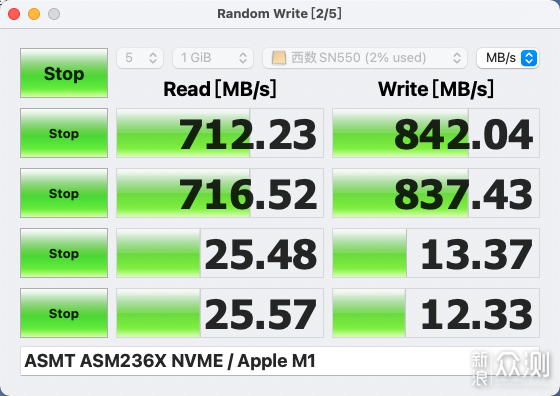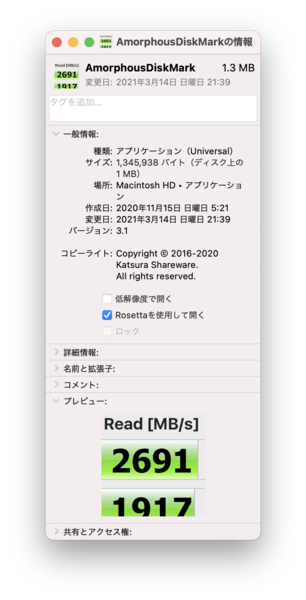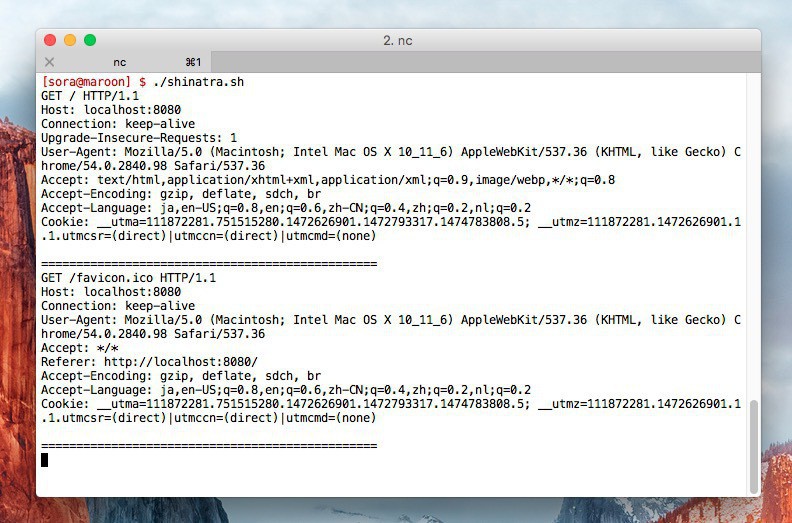

- #AMORPHOUSDISKMARK MAC UPGRADE#
- #AMORPHOUSDISKMARK MAC PRO#
- #AMORPHOUSDISKMARK MAC BLUETOOTH#
- #AMORPHOUSDISKMARK MAC MAC#
If you’re one of the few people who want to game on their Mac, the M2 Pro should prove interesting. In Shadow of the Tomb Raider, the M2 achieves 46 per cent more frames per second (fps) than the M1 in 1440p with detail set to high. In addition, I run one of the few available game benchmarks for Mac. In 3DMark Wild Life Extreme, it has a 38 per cent higher score in GFXBench Metal, 40 per cent and in Geekbench 5 Metal, 43 per cent. Thanks to the two additional GPU cores and the slightly higher clock frequency, the new chip achieves significantly higher scores in graphics benchmarks. When it comes to graphics performance, the difference between the M1 and M2 is bigger. In single core, on the other hand, performance is identical.

This isn’t surprising the M2 Pro I have for comparison purposes offers four more performance cores. The more expensive M2 Pro’s muscle flex only becomes apparent in the multi-core benchmarks, where it’s 69 per cent faster than the regular M2 (in Cinebench). After all, Apple has only increased the clock frequency by nine per cent. This moderate improvement is within my expectations. Applications that use all cores benefit more from the upgrade. The performance increase compared to the M1 predecessor is between 8 and 16 per cent. To test the new Mini’s processor, I use two benchmarks: Cinebench R23 and Geekbench 5. So, what does all this mean for performance? CPU: a small step Only configurations with 512 GB SSD and up rely on two chips again. Instead, only a single memory chip with 256 GB is installed, which reduces the simultaneously usable memory channels. In the smallest, 256 GB version, Apple no longer distributes the storage over two modules of 128 GB each, like in the M1. You can now expand the RAM up to 24 gigabytes (GB). The chip now has ten graphics cores instead of eight, and the working memory’s bandwidth has increased from 68 to 100 gigabytes per second. The number of CPU cores remains at eight, and the maximum clock frequency increases from 3.2 to 3.49 gigahertz. Image: Samuel Buchmann Performance: more powerful graphics, questionable base SSDĬompared to the M1, the M2 chip isn’t a quantum leap.
#AMORPHOUSDISKMARK MAC MAC#
In the normal M2 version, the Mac Mini’s ports are rather spartan.
#AMORPHOUSDISKMARK MAC BLUETOOTH#
They support the latest Wi-Fi 6E and Bluetooth 5.3 standards in every Mac Mini configuration. At least Apple doesn’t resort to such tactics for Wi-Fi and Bluetooth.
#AMORPHOUSDISKMARK MAC UPGRADE#
I see this as an artificially created incentive to have buyers upgrade to the M2 Pro version. But when it comes to the outdated HDMI 2.0 port on the base version, the stinginess goes one step too far. In view of the low price, I can just about swallow this omission. Apple missed the opportunity to improve here, too – an SD card reader or more interfaces on the front, as on the Mac Studio, would have been an option. If the monitor has a DisplayPort connection, you can get up to 6K at 60 hertz or 4K at 120 hertz. If you need a higher resolution or frame rate, you’ll have to connect the monitor to a Thunderbolt port, via an adapter if necessary. In the base version, it only manages 4K at 60 hertz. The Mini with M2 Pro has four Thunderbolt 4 ports, and its HDMI port is version 2.1, meaning it supports 8K resolution at 60 hertz or 4K at 240 hertz. The latter can be upgraded to ten gigabits for 110 francs. On the back, you’ll find the following ports: two Thunderbolt 4 (USB-C), two USB-A (up to 5 gigabits per second), a headphone jack, HDMI 2.0 and Gigabit Ethernet. Image: Samuel BuchmannĪpple still keeps ports to a bare minimum. About half of the Mac Mini’s interior is empty. With that, the case measures the same as before: 19.7 × 19.7 × 3.6 cm.Ī fan and a lot of air. I find it disappointing that the second generation Mac Mini with Apple Silicon does nothing with this potential. The case houses mainly air Apple’s M-chips, which contain everything from the CPU to the RAM to the GPU, require very little space – certainly much less than the old Intel architecture for which the case was originally designed. A pity, because the Mac Mini could be much more minimalistic still. Design and connectivity: missed opportunityĪpple has stuck to the previous design.

Apple also offers a version with the M2 Pro, filling the performance gap between the base version of the Mini and the Studio. Thanks to the M2 chip, even the base version promises better graphics performance than the predecessor. And there’s the Mac Studio with the M1 Max or M1 Ultra? It’s an absolute beast, but it’ll cost you an arm and a leg and is usually overkill, anyway.Įnter the new Mac Mini. Now, there’s the M1 iMac, which suffers from the same problem and is quite expensive because of its display. There was the Mac Mini with the M1 chip, which was cheap, but offered relatively low graphics performance. Have a fixed workspace and want a Mac for productive tasks – maybe to edit photos or videos? If so, you previously had the choice between three devices.


 0 kommentar(er)
0 kommentar(er)
